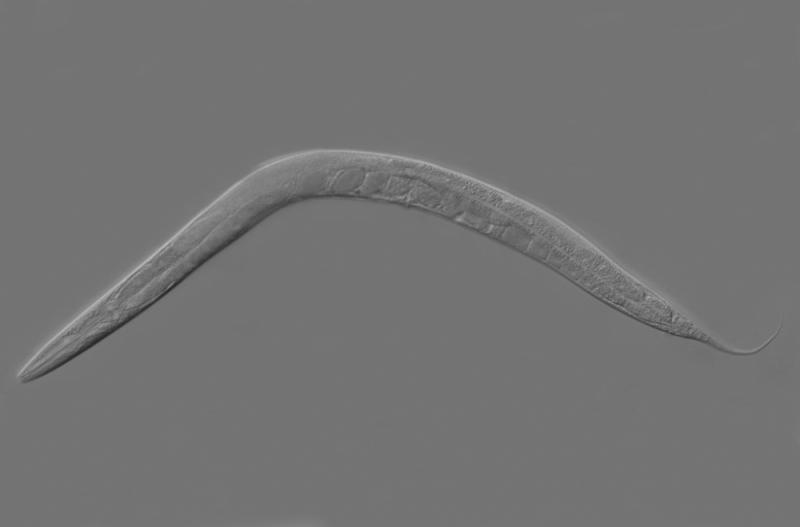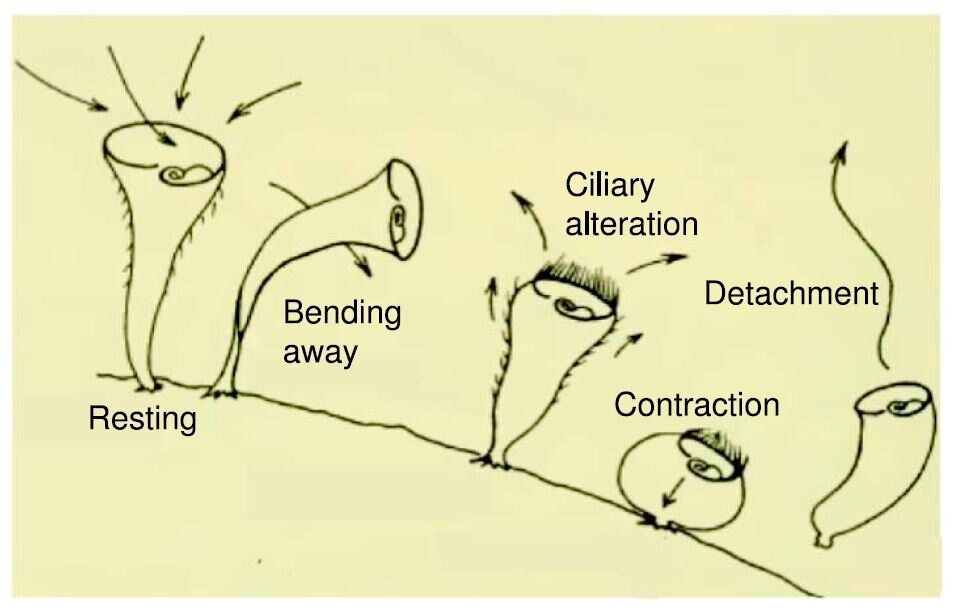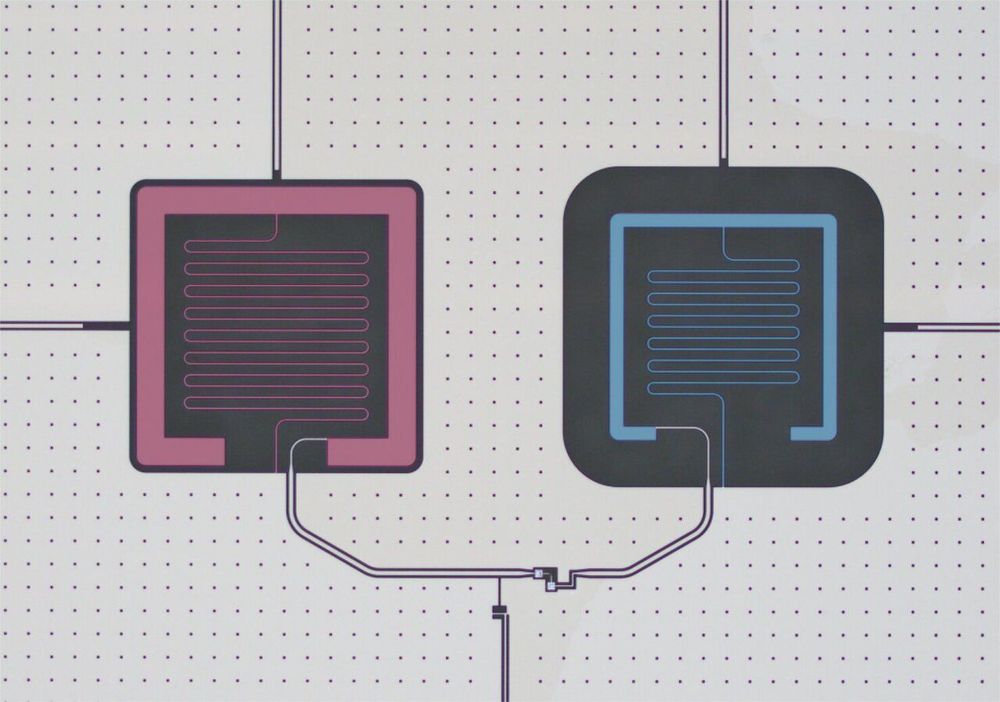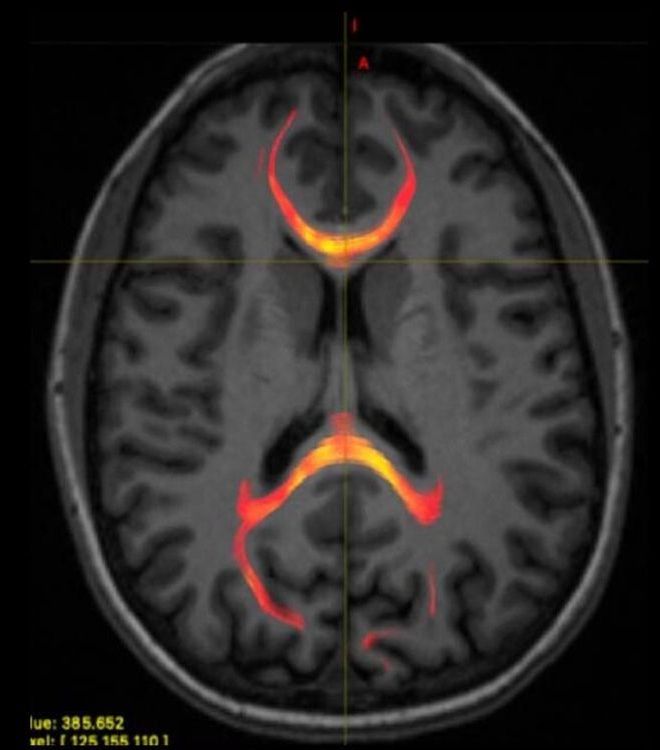Accelerating rejuvenation therapies to repair the damage of aging. Berlin, May 21 — 23.



University of Maryland researchers showed sight deprivation changes how groups of neurons work together and alters their sensitivity to different frequencies.
Scientists have known that depriving adult mice of vision can increase the sensitivity of individual neurons in the part of the brain devoted to hearing. New research from biologists at the University of Maryland revealed that sight deprivation also changes the way brain cells interact with one another, altering neuronal networks and shifting the mice’s sensitivity to different frequencies. The research was published in the November 19, 2019 issue of the journal eNeuro.

Some stress at a young age could actually lead to a longer life, new research shows.
University of Michigan researchers have discovered that oxidative stress experienced early in life increases subsequent stress resistance later in life.
Oxidative stress happens when cells produce more oxidants and free radicals than they can deal with. It’s part of the aging process, but can also arise from stressful conditions such as exercise and calorie restriction.
The technique promises to eliminate cutting, scarring, pain, and recovery time.

Once, single-cell life claimed sole dominion over the earth. For some three billion years, unfathomable generations of unicellular organisms ate, grew and reproduced among only each other. They evolved into predators and prey, thrived and spread across the primordial waters and land, and formed complex and dynamic ecosystems in every ecological niche on the planet. Around 600 million years ago, some even crossed the threshold into multicellularity.
Today, however, single-cell organisms are synonymous with notions like primitive and simple. Yet, new research suggests that they may be capable of much more than their very distant human cousins might suspect.
In an effort to replicate an experiment conducted over a century ago, systems biologists at Harvard Medical School now present compelling evidence confirming at least one single-cell organism—the strikingly trumpet-shaped Stentor roeselii—exhibits a hierarchy of avoidance behaviors.

A team of University of Tokyo researchers said Thursday it will begin a clinical study later this month on a vaccine for the Ebola virus, a first in Japan, with the vaccine developed using an artificially produced detoxified virus.
The new vaccine developed by Yoshihiro Kawaoka, a professor at the university’s Institute of Medical Science, and others is believed to have fewer side effects compared to those produced abroad, according to the institute.
The researchers said they aim to develop the Ebola vaccine to prevent further outbreaks of the deadly hemorrhagic fever in Africa.

Superconducting circuits, which have zero electrical resistance, could enable the development of electronic components that are significantly more energy-efficient than most chips used today. Importantly, superconducting circuits rely on an electronic element known as the Josephson junction, which allows them to manipulate quantum information and mediate photon interactions. While past studies have tried to enhance the performance and coherence of Josephson circuits, so far, the most promising results in terms of photon lifetimes were achieved in microwave cavities.
A team of researchers at Princeton University, Northwestern University and the University of Chicago have directly operated an oscillator using a stimulated Josephson nonlinearity. In their paper, published in Nature Physics, the team achieved quantum control of an oscillator by operating it as an isolated two-level system, tailoring its Hilbert space.
“Our research was motivated by the ongoing effort in the superconducting circuits community to engineer highly coherent qubits for quantum information,” Prof. Andrew Houck, one of the researchers who carried out the study, told Phys.org. “There has been enormous progress in designing linear microwave resonators that can outperform the coherence of conventional superconducting qubits.”

